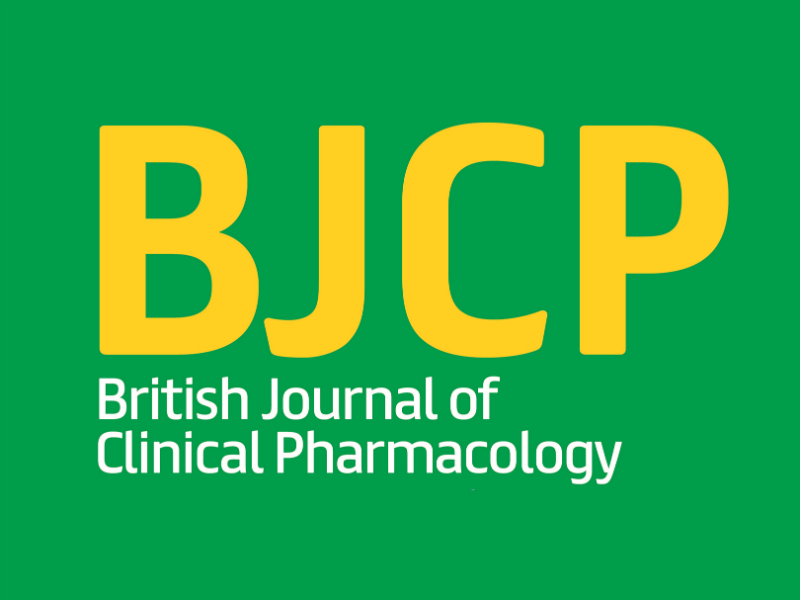
It can be challenging for regulators to keep up with advances related to medical drugs and devices. A new analysis and editorial published in the British Journal of Clinical Pharmacology provide insights on how officials are working to support accelerated access to new therapies while also ensuring their safety.
Advances in science and technology have led to the development of therapies such as biosimilar medicines; personalized treatments; and products that sit on the borderline between medicines and other sectors, such as food and cosmetics. In their editorial, Natalie Richards and Ian Hudson, MD of the Medicines and Healthcare Products Regulatory Agency in London note that regulatory agencies need to support innovation with a flexible approach that ensures access to new therapies while also strengthening vigilance and monitoring risks and benefits. International collaboration will be key to achieving these goals.
In a related analysis, Bernd Jilma, MD, of the Medical University of Vienna, and his colleagues looked closely at how regulators have dealt with biosimilars. Biologic therapies are large, complex molecules generally made from human and/or animal materials. Like generic drugs that are cost-effective replacements for trade-name medications, biosimilars offer a less-expensive alternative to costly branded biologic therapies once patents expire; however, approval of biosimilars is much more complex than for generics. The European Medicines Agency (EMA), the leading regulator in Europe, approved the first biosimilar in 2006 (Omnitrope by Sandoz) and since then, the landscape of authorized biosimilars in Europe has widened considerably. Currently, there are 21 products for seven different biologics on the market.
“There are many papers published describing the regulation and guidelines of the biosimilar approval pathway in Europe; however, it was not clear how these regulations were put into practice,” said Dr. Jilma. “Our work closes this gap by presenting the results of a systematic comparison of all clinical development programs of biosimilars that were approved by the EMA, therefore offering insights on the implementation of biosimilar regulations in practice.”
When the investigators compared clinical trials undertaken to get market authorization for biosimilars, they found considerable variability between the clinical development programs that were submitted to the EMA for approval. “While some differences can be explained by the characteristics of the different reference products, even for biosimilars to the same reference product, the development strategies could not be considered comparable,” said Dr. Jilma. For example, some companies conducted studies that focussed on the activity of biosimilars in the body whereas others put emphasis on phase III clinical trial results in patients with the target disease. “We concluded that the details of the development programs are negotiable with the EMA, and companies that produce biosimilars have some flexibility when deciding how best to show biosimilarity,” said Dr. Jilma. The researchers also noted that detailed information about the EMA’s approval process is publicly available so that clinicians and patients can examine information on different biosimilars’ efficacy and safety.
For more information or to obtain a PDF of any study, please contact sciencenewsroom@wiley.com.
Full citation: "Clinical trials for authorised biosimilars in the European Union: A systematic review.” Johanna Mielke, Bernd Jilma, Byron Jones, and Franz Koenig. British Journal of Clinical Pharmacology. Published Online: September 1, 2016, DOI: 10.1111/bcp.13076.
URL upon publication: http://doi.wiley.com/10.1111/bcp.13076
Author contact: To arrange an interview with the author, please contact Mag. Thorsten Medwedeff, or the Medical University of Vienna’s communications department, at thorsten.medwedeff@meduniwien.ac.at or +43(0)1 40160 - 11505. http://www.meduniwien.ac.at/pr
Full citation of editorial: "UK Medicines Regulation: Responding to Current Challenges.” Natalie Richards and Ian Hudson. British Journal of Clinical Pharmacology. Published Online: September 1, 2016, DOI: 10.1111/bcp.13077.
URL upon publication: http://doi.wiley.com/10.1111/bcp.13077
About the journal: The British Journal of Clinical Pharmacology has the primary goal of publishing high quality research papers on all aspects of drug action in humans. The journal has a wide readership, bridging the medical profession, clinical research and the pharmaceutical industry, and is published monthly. It is owned by the British Pharmacological Society and published by Wiley. The journal’s current Impact Factor is 3.83 (Thomson Reuters Science Citation Index).